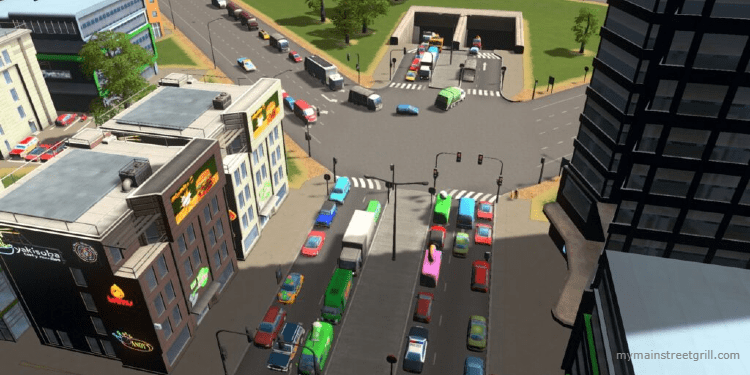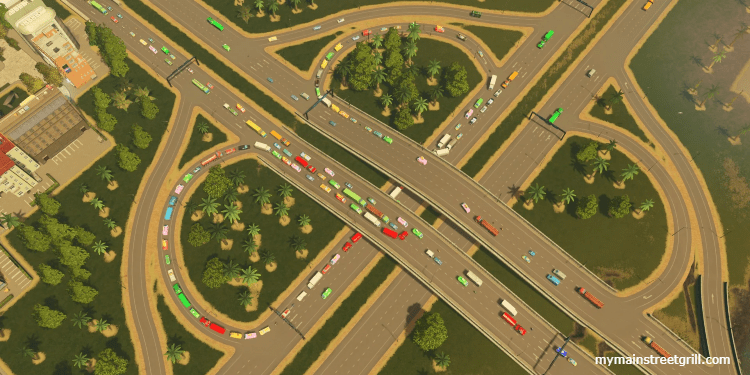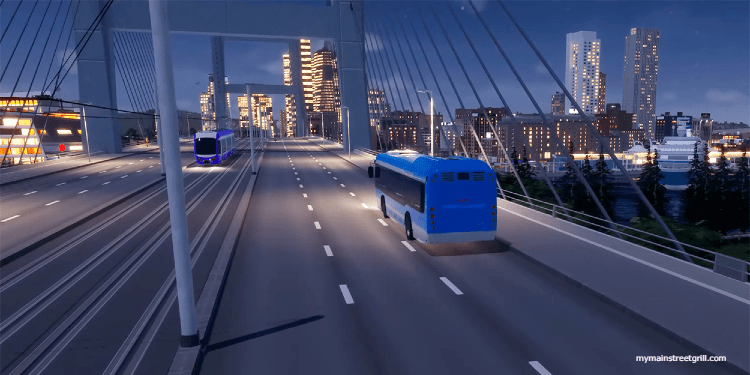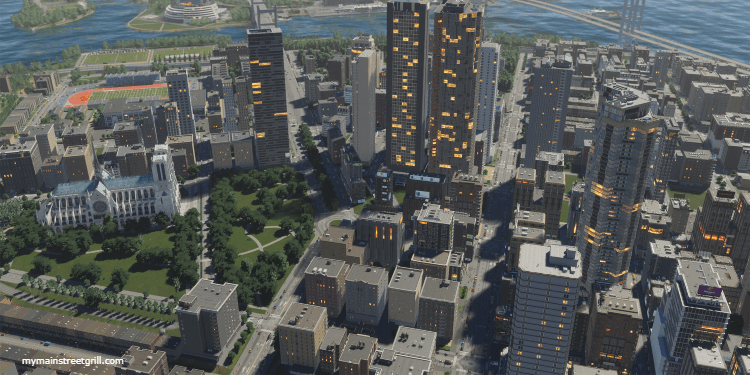
City congestion is a common problem to grapple with in the game Cities: Skylines 2. High traffic volumes lead to noise pollution, service delivery delays, and an overall negative impact on your city's liveability. Below are a few practical tips that will help you curtail excessive traffic and improve flow, ensuring your city remains functional.
Accepting a Certain Degree of Traffic
The first realization is that some traffic in Cities Skylines 2 is unavoidable and not necessarily harmful. Just like in real life, cities grow, more people move around, and occasionally, traffic jams form. This doesn't signal disaster as long as gridlock isn't your city's perpetual state. They even have a realistic 'rush hour' built into the game clock. However, some traffic management tactics will help keep things in check.

Constructing Several Highway Exits
When starting your city, you'll likely build a four-lane road connecting to a highway's end. In time, multiple smaller roads branch from this main one, causing a central traffic hotspot. To avoid this, try creating multiple exits from the highway. This way, motorists have the option to use an alternate highway exit rather than trudging through a high-traffic area.
You can visualize this in an image of a highway with dual exits, which allows motorists to bypass bustling neighborhoods and avoid contributing to unnecessary traffic pileups.
Implementing Roundabouts
The use of roundabouts can significantly assist in maintaining constant vehicle flow. In Cities: Skylines 2, roundabouts are a step up from the basic version of the first game. Just place a small 'island' on a road, and instantaneously it becomes a roundabout. No stoplights are attached, further ensuring a smooth flow of traffic.
However, it's crucial to avoid overly complex roundabouts as a cluttered internal circle could lead to confusion for drivers and, ultimately, traffic build-up.
Establishing a Comprehensive Public Transportation System
An efficient public transport network can potentially reduce the number of private vehicles on the road. With methods such as buses and trams, you can provide appealing alternatives to driving. By strategically placing bus stops and designated bus lanes, you can create a preferred route for commuters and prevent traffic snarls caused by buses.
Trams are another excellent transportation option, especially when combined with pedestrian-friendly streets. They do not contribute to traffic congestion because regular cars do not share these roads. By placing tram stops along pedestrian streets, residents can get to different parts of the city without adding to the traffic.

Constructing Pedestrian Streets
Pedestrian streets are a great addition to any city as they not only encourage walking but also keep traffic in control. Only service vehicles can access these roads, enabling them to reach their destinations without traffic hindrances. Additionally, providing parking lots near pedestrian pathways offers a place for residents to park their cars and explore on foot.
Adapting Street Lanes and Rules
By customizing the number and directions of street lanes, you can enhance traffic flow on asymmetrically busy roads. For example, you can form an extra lane on the busier side without the need for extensive modification. Moreover, you can also regulate turning movements. If too many left turns are causing traffic congestion, simply disallow them. This action will ensure a smoother flow of traffic in the opposite direction. Additionally, it can guide residents to take a certain route.

Take Advantage of the Traffic Map Overlay
Lastly, a highly recommended tool is the traffic map overlay, which provides a visual representation of your city's traffic scenario. You can access this helpful overlay from the 'Info Views' option situated at the top left corner of your screen. Once you click on the vehicle icon, the traffic overlay unveils areas with high traffic and displays peak traffic periods.
The overlay also offers detailed insights into specific streets when you click on their names. If a road is consistently showing high traffic volumes, it's a clear sign that additional connections should be established along this road. For instance, if a residential area only has one small two-lane road as an entry and exit point, consider adding an alternative exit. This helps in diverting traffic and prevents undue congestion at the primary entry point.
To sum it up, effective traffic management in Cities: Skylines 2 involves a myriad of strategies and tweaks to ensure your city remains thriving and manageable. While some traffic is normal, making smart decisions about roundabouts, public transportation, pedestrian streets, and street customizations can keep your city's roads efficient and moving smoothly.
